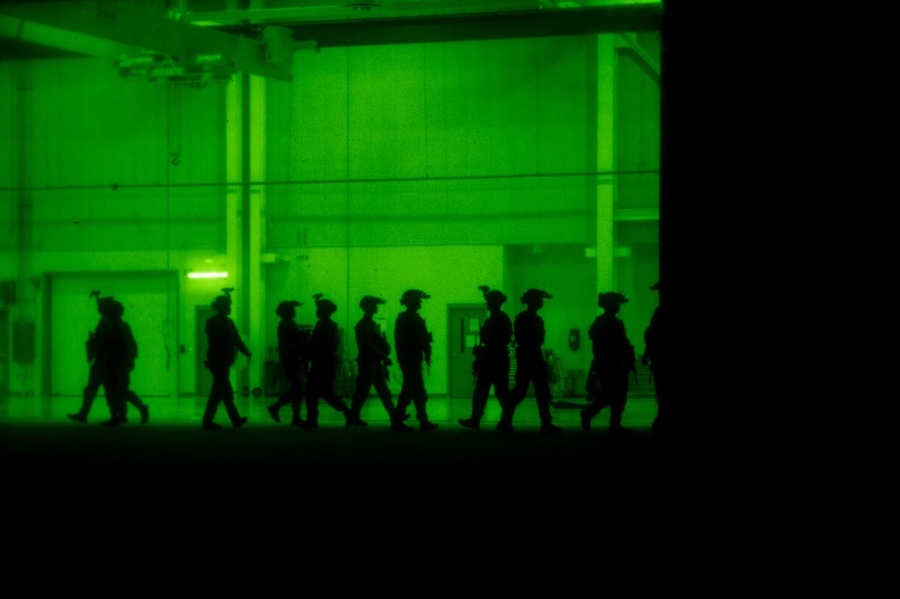The advanced technology behind this upgrade was originally developed for Lockheed’s proposal for the US Air Force’s Next Generation Air Dominance (NGAD) fighter programme. However, Boeing was awarded the contract instead, with President Trump confirming the new aircraft would be designated the F-47.
“The F-47 will be the most advanced, most capable, most lethal aircraft ever built,” Trump stated. But Lockheed Martin remains undeterred and intends to incorporate up to 80% of the F-47’s capability into its enhanced F-35.
Details remain classified, but the company has shared that the upgraded F-35 will benefit from technology improvements at roughly half the cost of the NGAD. The aircraft’s stealth features will be enhanced by reshaping its body and modifying engine nozzles to reduce radar and infrared visibility.
Lockheed Martin says the F-35 will also gain advanced electronic warfare, improved networking and autonomous features that could allow for unmanned operation. According to the firm’s CEO, some sixth-generation weapons are also being considered for integration.
These could include directed energy weapons like lasers, as well as hypersonic and new air-to-air missiles. The upgraded F-35 will also carry the AGM-158 family – the Joint Air-to-Surface Standoff Missile and the Long-Range Anti-Ship Missile – providing it with significant strike capabilities.
Plans are in place to update the aircraft’s infrared systems, enabling long-range target detection and tracking without revealing the jet’s position. Enhanced sensor technology will also improve its ability to operate alongside other platforms in a “family of systems”, including sixth-generation aircraft and unmanned drones.
The F-35 is a multi-role stealth fighter capable of speeds up to Mach 1.6, or 1,200 miles per hour. It operates at altitudes up to 50,000 feet and carries a weapons payload of 18,000lbs.
Powered by Pratt and Whitney’s F135 turbofan engine, which provides 40,000lbs of thrust with reheat, the aircraft is designed for high performance during take-off, combat and rapid acceleration. It also features an advanced electronic warfare suite, capable of detecting and jamming electromagnetic threats.
The F-35 comes in three variants: the conventional take-off and landing F-35A, the short take-off and vertical landing F-35B, and the carrier-based F-35C with specialised landing gear and tail hook.
Despite the NGAD contract loss, Lockheed Martin is pressing forward. Its message is clear: “The fifth generation can still evolve” – and the company intends to be at the forefront of that evolution.
Source: forcesnews.com


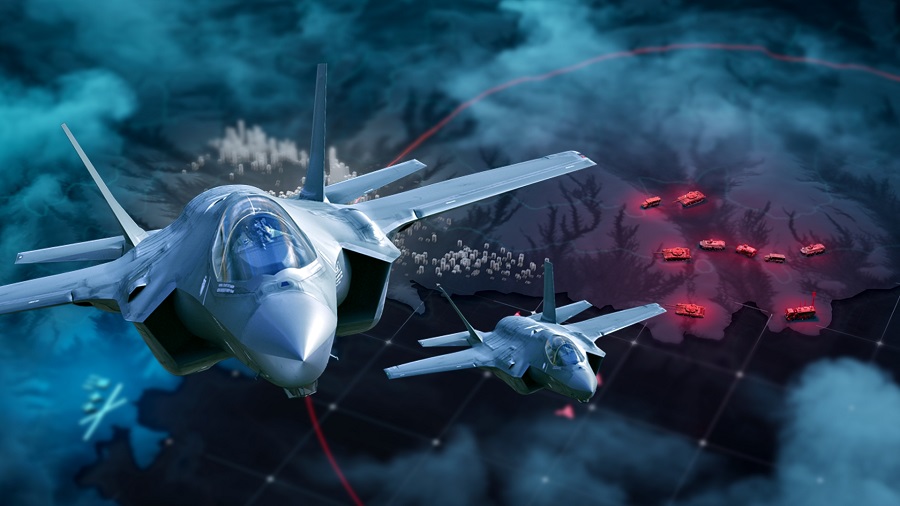

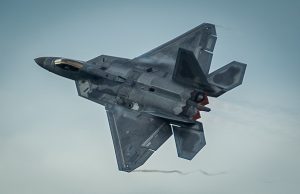
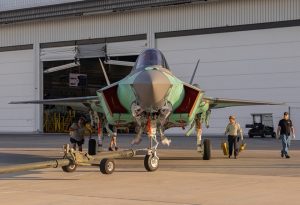
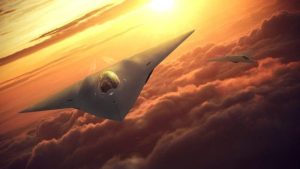

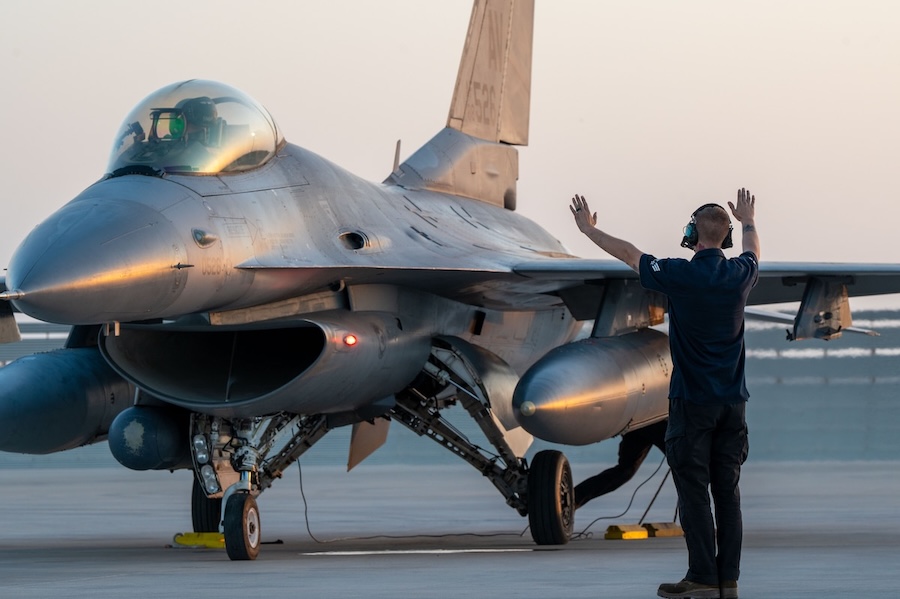
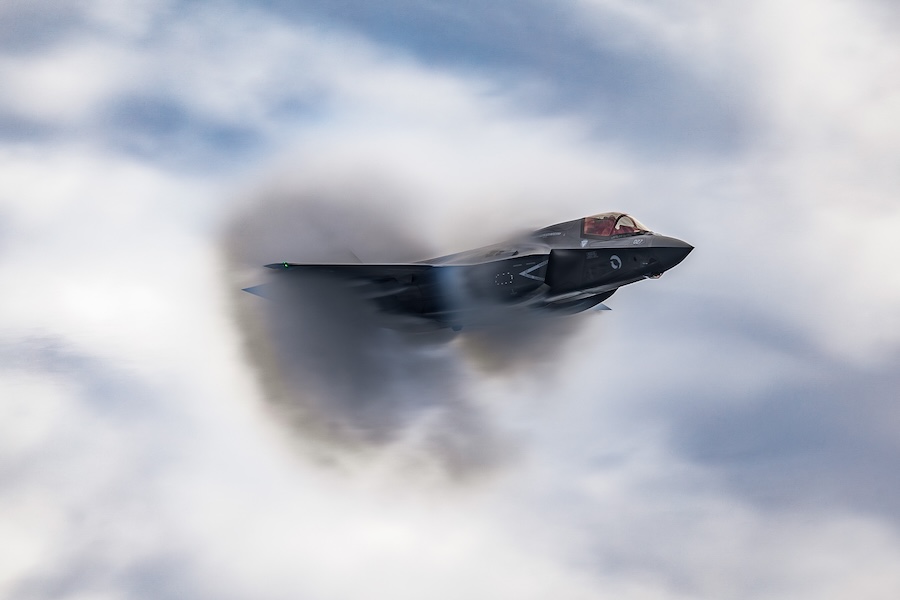
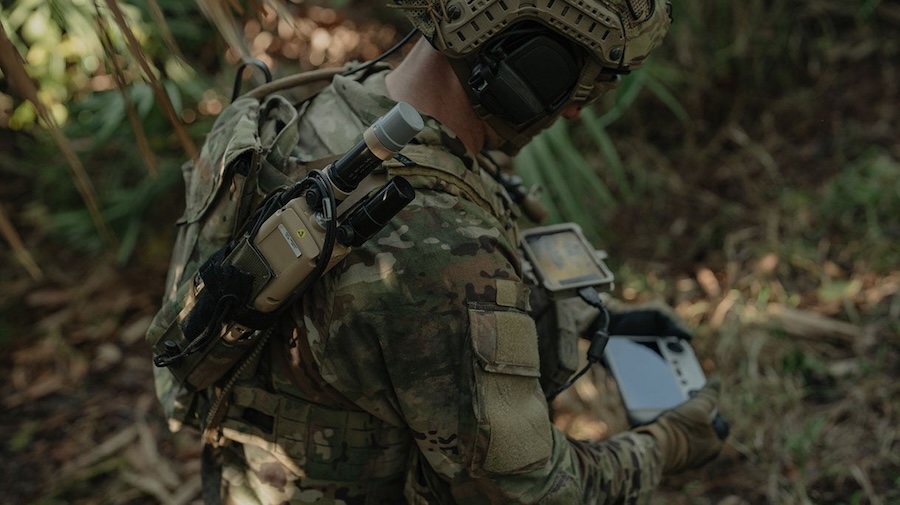


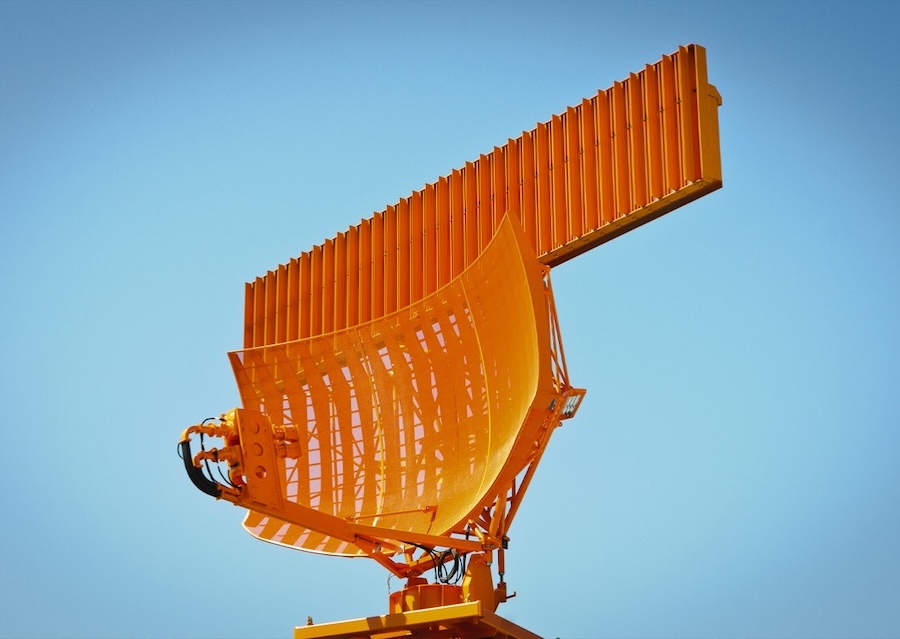

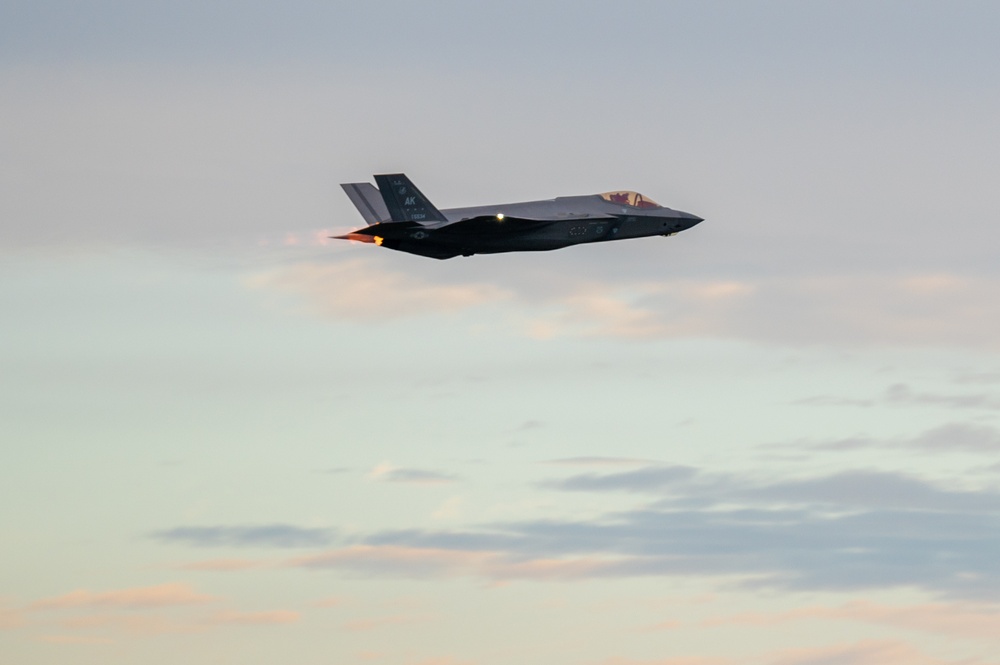

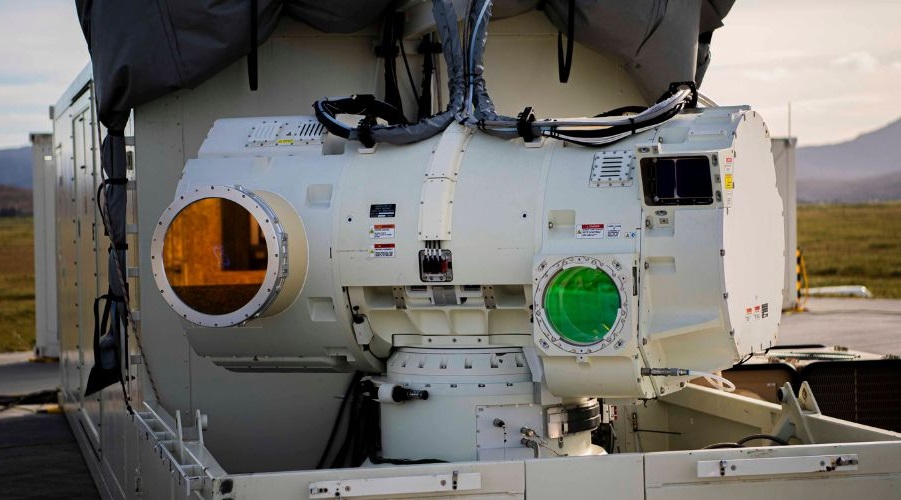
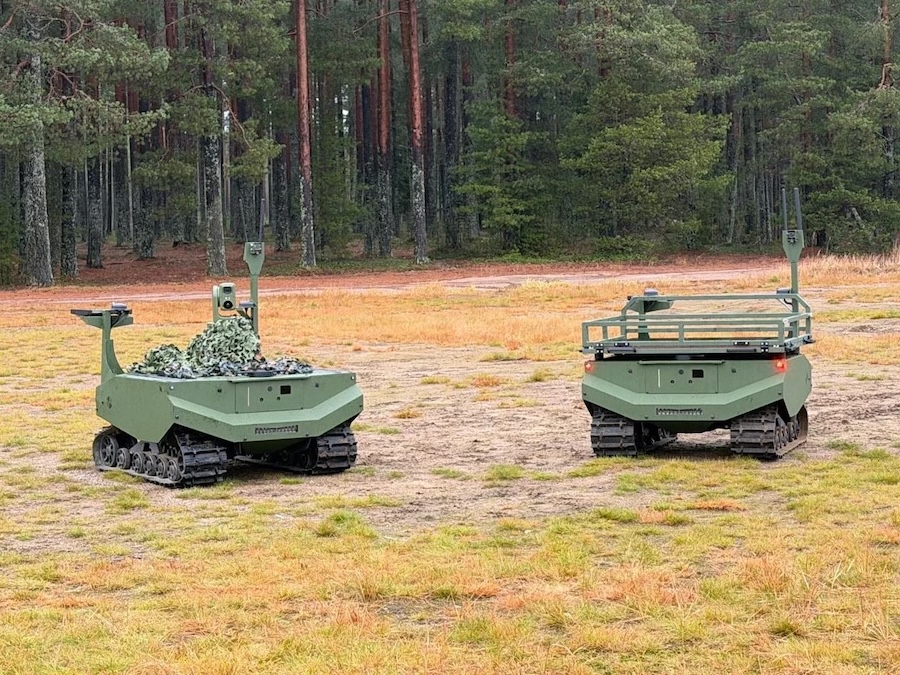

![SİPER 1 air defence system completes battery-level acceptance firing at Sinop Test Center [VIDEO]](https://defence-industry.eu/wp-content/uploads/2026/01/siper-1-air-defence-system-completes-battery-level-acceptance-firing-at-sinop-test-center-video.jpg)
